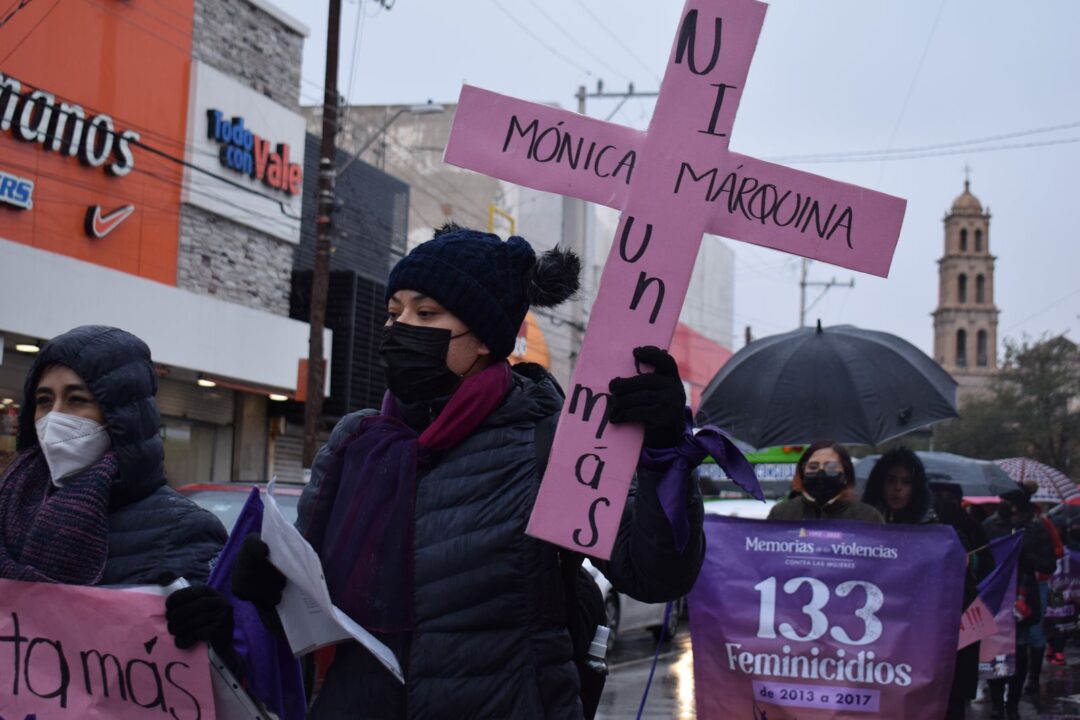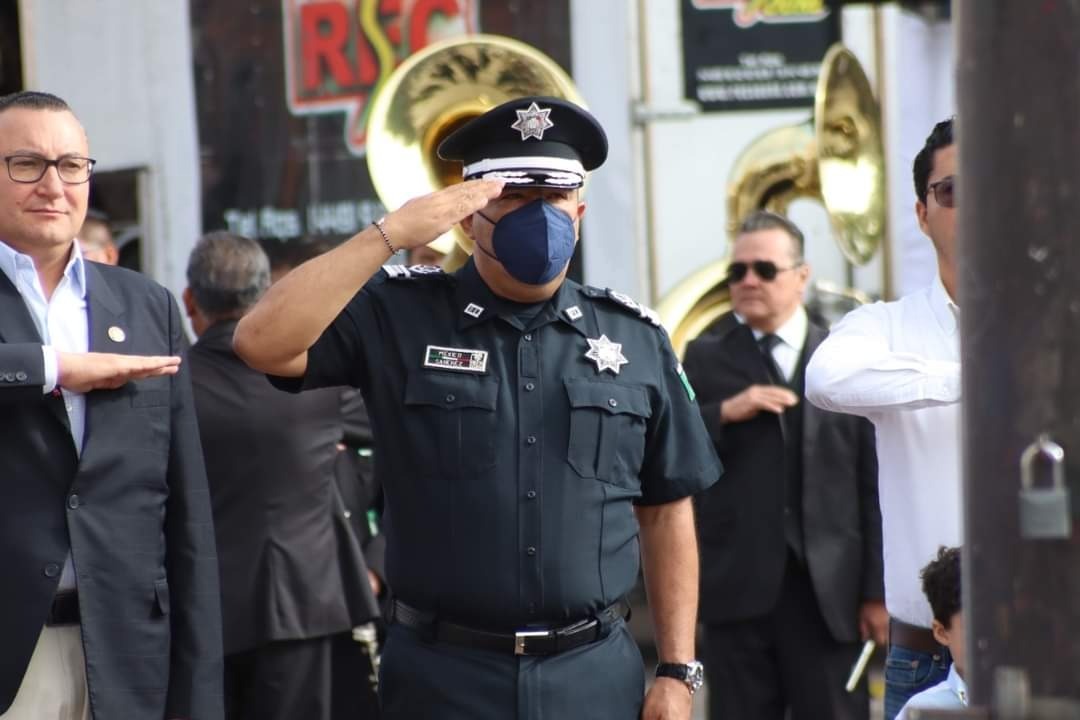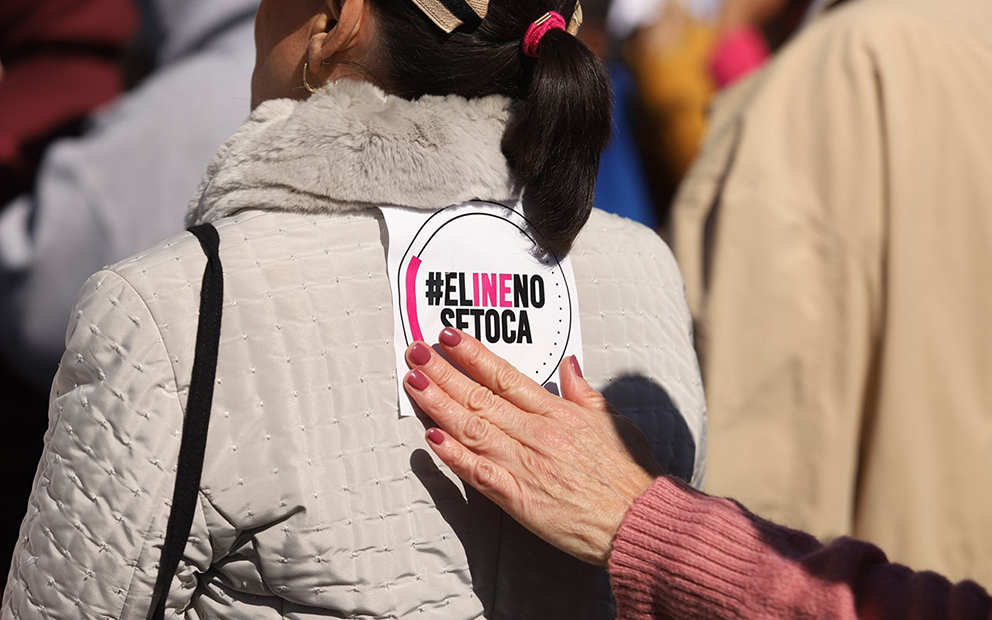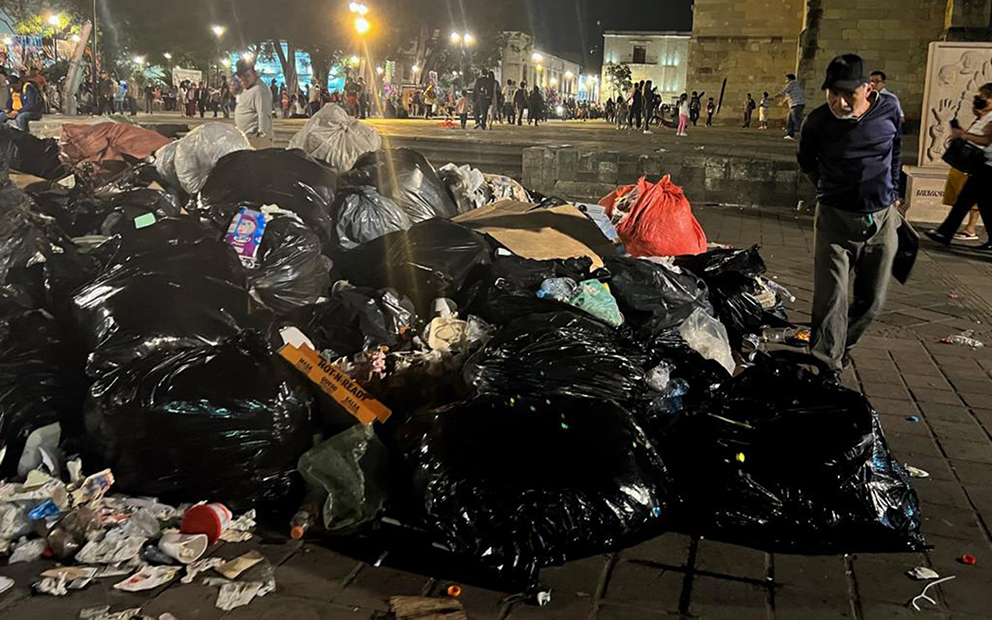The Barranca de la Carnicería and the search for the 43 disappeared students
1 octubre, 2021

The special prosecutor’s office in the Ayotzinapa case has revealed that searches have ended in Barranca de la Carnicería, where the remains of Christian Alfonso Rodríguez Telumbre and Jhosivani Guerrero Cruz, two of the 43 students training to become teachers, were found. The special prosecutor announced it would open an investigation against experts that tampered with evidence to uphold the false «historic truth.«
Text: Kau Sirenio.
Photos: Dassaev Téllez / Cuartoscuro.
Translated by Elysse DaVega.
GUERRERO–The search for the 43 students at the Ayotzinapa teacher training college disappeared in Iguala, Guerrero on Sept. 26, 2014 re-started in the Barranca de La Carnicería following the confession of a protected witness to the specialized investigators for the Ayotzinapa Case.
The students’ parents arrived to the very same area after the Mexican government stated it «historic truth,» and before the recent official searches began.
Beginning on September 27, 2014, the parents of the 43 disappeared students demanded justice, and for their children to be returned alive. They then took to the mountains, streets, public plazas, and universities, but they found neither truth nor justice.
«Search this area,» they told the prosecutor’s office at the beginning of the search, which began using archaeological techniques in November, 2019. That’s how they found the remains of Christian Alfonso Rodríguez Telumbre and then Jhosivani Guerrero Cruz.
The site is 800 linear meters away from the landfill in Cocula, Guerrero, where the now-defunct Attorney General’s office (PGR) built a historic truth to cover up the whereabouts of the 43 students at the Ayotzinapa school, disappeared on that tragic night in Iguala when the municipal police committed one of the worst crimes in Mexico’s history.
On September 21st, a tour of the area was held, during which experts at the specialized prosecutor’s office explained the methods they used to find 187 bone fragments.
«First, we marked off the approximately 8,000-square-meter area to be searched, then we began with an excavation approximately 10 to 20 centimeters deep, so as to rule out human tampering,» the archaeologist from the prosecutor’s office said.
After walking through the bushes in the Barranca La Carnicería, officials arrived at the first point, where two archaeologists, an engineer and the federal public minister of the Attorney General’s office explained how they went about searching the area. It was then that Omar Gómez Trejo, an officer with the specialized investigators, and Alejandro Encinas Rodríguez, the assistant secretary of Human Rights with the Ministry of the Interior, got involved.
Gómez Trejo revealed that two of the 187 bone fragments found in the area match the DNA of two of the 43 students disappeared seven years ago in Iguala.
After the prosecution’s experts described their investigation, authorities spoke with reporters under a plum tree, the same place where the students’ parents sat to hear the new version of how the remains of Christian Alfonso Rodríguez Telumbre and Jhosivani Guerrero Cruz were found on May 13th of this year.
About 500 meters away from the area being searched, a National Guard roadblock was set up to prevent access.
«The land has been protected by the National Guard since we began searching this place,» Gómez Trejo explained.
On the 14th search, they found synthetic white bags that contained bone fragments; on Nov. 26th, 2019, during the 15th search they located ankle and Achilles’ heel fragments belonging to Christian Alfonso Rodríguez Telumbre. The 21st search turned up part of one of Jhosivany Guerrero Cruz’s lumbar bones, found on October 22nd, 2020.
Omar Gómez Trejo explained that none of the students’ remains had burns on them, as Tomás Zerón de Lucio had argued in his historic truth when he explained that the young men were burned in Cocula’s landfill.
«Not one of the remains had signs of thermal exposure, what they do have is signs of weathering and sun exposure. That said, the remains found in bags at the beginning of the search were burned,» Gómez Trejo explained.
According to the special prosecutor, the examination of the area concluded after inspecting 8,000 square meters of land. He announced that an inquiry would be opened the following week against experts who tampered with evidence. «We’ve detected several controlled burns where they had fires, and in the coming days, inspections will be carried out in two new municipalities,» he added.
The Barranca La Carnicería, which leads to the San Juan River, is where Tomás Zerón de Lucio planted black bags supposedly containing remains of the 43 students. It is located at a distance from the coordinates included in the Attorney General’s report.
Also in Barranca La Carnicería was Ángela Buitrago. She is a member of the Interdisciplinary Group of Independent Experts (GIEI), and she recalled that the report they received during the investigation didn’t match the place where the students’ remains were found.
«This isn’t the place they told us about, the Barranca La Carnicería is around 300 meters from here, it’s near the canal we passed. We requested reports from the Attorney General, but they never gave them to us. It was the special investigation unit that helped us determine the coordinates,» Buitrago explained.
Vidulfo Sierra Rosales, the attorney for the students’ parents, said that there were around 70 people detained in the Iguala case. He thanked those that have collaborated in the investigation, including the witness that gave the tip about Barranca La Carnicería.
The assistant secretary of Human Rights, Alejandro Encinas, said that the main lines of investigation remain open, and that evidence found in the San Juan River could have been planted by the former Attorney General.
«That means that there never was a historic truth,» he concluded.
Kau Sirenio is a Ñuu Savi journalist originally from the Costa Chica region of Guerrero. He was a reporter with the newspaper El Sur de Acapulco and La Jornada Guerrero, host of the bilingual program Tatyi Savi (voice of the rain) on Guerrero Radio and TV and the Autonomous University of Guerrero Radio XEUAG in the Tu’un Savi language. He is currently a reporter with the weekly Trinchera.
Click here to sign up for Pie de Página’s bi-weekly English newsletter.
Ayúdanos a sostener un periodismo ético y responsable, que sirva para construir mejores sociedades. Patrocina una historia y forma parte de nuestra comunidad.
Dona

















